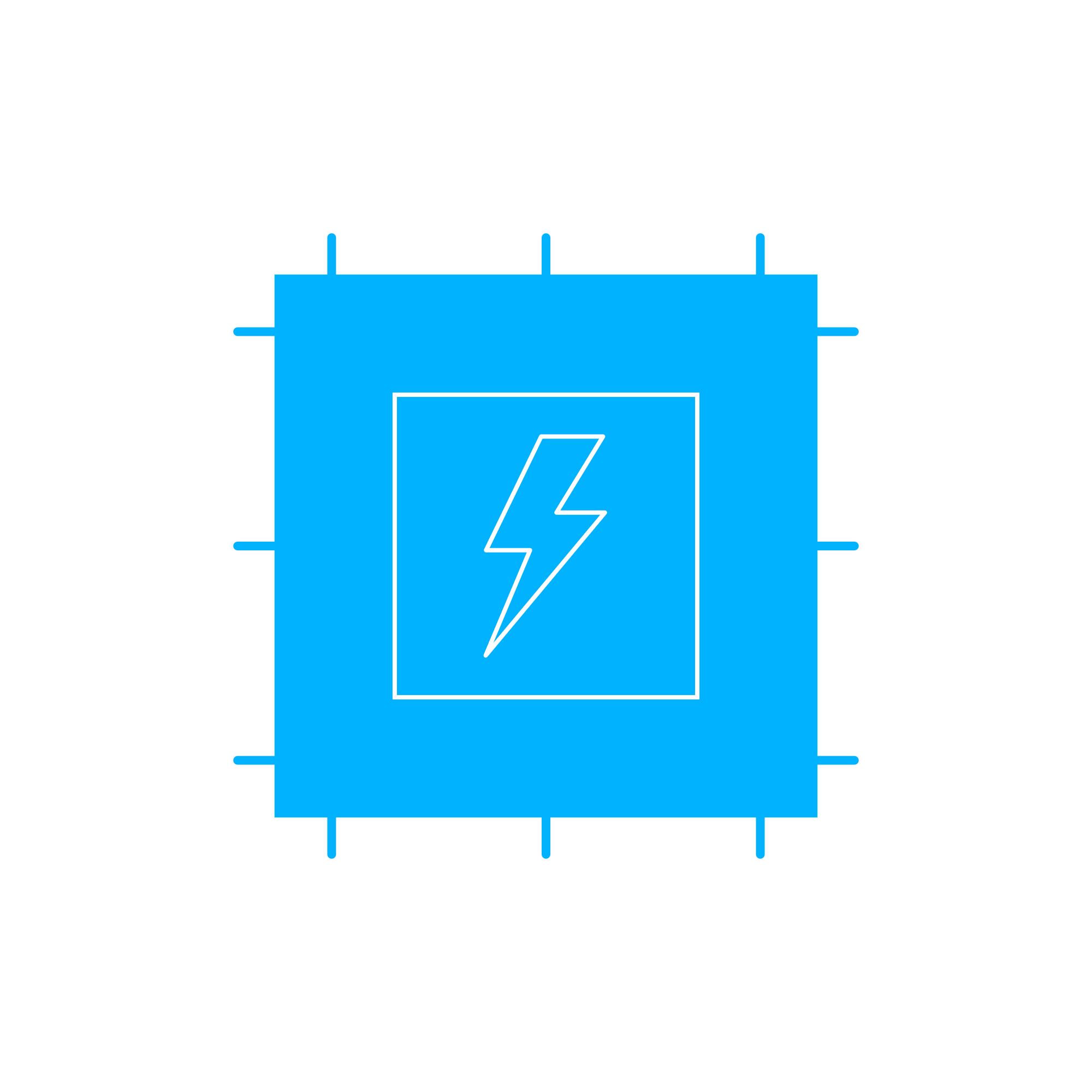RELAY Electric components and switches for high‑duty engine applications
Electric components and switches are the nervous system of modern engines. From starting, monitoring, and protection to fuel delivery and shutdown, this article category covers the control hardware that turns electrical signals into decisive actions. Within this category, the RELAY is a central element, coordinating power to major loads and enabling precise sequencing in diesel and gas engine systems, including marine engine installations exposed to vibration, heat, and salt-laden air.
Because engines are increasingly integrated with automation, the quality and specification of electric components and switches directly influence availability, efficiency, and safety. Contactors, RELAY modules, pressure and temperature switches, circuit breakers, limit switches, and control relays ensure that the engine’s electro-mechanical decisions are made reliably—every start, every stop, every protection event.
RELAY technical function in engine systems and how electric components and switches improve performance
In an engine, the RELAY acts as an electrically operated switch that isolates control logic from high-current circuits. In a diesel engine start sequence, a control signal energizes the RELAY coil, closing heavy-duty contacts that feed the starter solenoid or preheating elements. In a marine engine, RELAY arrays distribute power to fuel lift pumps, jacket water heaters, and ventilation fans while interlocking with safety switches to prevent unsafe operation. By using a RELAY in OEM parts configurations, designers achieve clean switching, reduced control wiring current, and longer service life of sensitive control electronics.
Electric components and switches fulfill complementary roles: pressure switches confirm lube oil pressure after cranking, temperature switches trigger alarms or shutdowns, speed switches or tacho relays supervise overspeed, and auxiliary relays implement time delays, load shedding, and redundancy. Together they form a layered control and protection system that directly affects engine performance (through stable voltage to actuators), efficiency (through correct preheating and optimized ancillary load management), and safety (through fast fault isolation and fail-safe shutdown).
- · Fast, decisive switching of high inductive loads
- · Isolation of control circuits from starter and heater currents
- · Vibration- and temperature-rated housings for engine rooms
- · Corrosion-resistant terminals for marine engine environments
- · Clearly defined trip/set points on pressure and temperature switches
- · Snap-action mechanics to minimize arcing and contact wear
- · Form-fit-function compatibility with engine control panels
- · Service-friendly designs with standardized footprints and connectors
RELAY use cases in diesel engine and marine engine control
Common applications include starter interlock logic, glow plug or air intake heater control, fuel shutoff solenoid supply, alternator excitation, crankcase ventilation fans, and emergency stop loops. A control RELAY can also be employed in permissive chains—e.g., only energizing the starter when gear is neutral, lube oil pressure switch is healthy, and the emergency stop circuit is closed. Time-delay relays manage post‑lube circulation or staged load acceptance on gensets, preventing voltage dips and improving overall power quality.
Why electric components and switches are vital for reliable engine operation
The health of a RELAY or switch directly determines engine availability. Worn contacts raise resistance, causing voltage drop to the starter or heaters and resulting in hard starts, longer cranking, or failed ignition of pilot fuel. A coil that has overheated or suffered insulation breakdown may fail intermittently, leading to unpredictable engine behavior. Corroded terminals in marine engine rooms can cause nuisance trips or false alarms that mask real faults.
Neglected pressure and temperature switches drift over time. If set points are inaccurate, shutdowns can occur too late, exposing the engine to thermal or lubrication damage; or too early, causing unnecessary stops and operational delays. Mis-specified components that lack proper vibration or ingress protection (e.g., inadequate IP rating) often develop micro-failures: pitted contacts, welded armatures, and cracked solder joints. Over time, such issues escalate into no-start events, unintended shutdowns, or loss of critical protections—shortening service life and increasing total cost of ownership.
Advantages of OEM spare parts suitable for electric components and switches
Selecting OEM spare parts for RELAY modules, pressure/temperature switches, and contactors ensures the engine receives components built to the exact electrical, mechanical, and environmental specifications defined by the engine maker. This alignment matters: coil voltages, contact materials, thermal classes, IP ratings, and connector keys must match the control logic and harness layout. With OEM spare parts, installation is faster, calibration values remain consistent, and diagnostic procedures in manuals align with the part’s behavior.
For performance, correctly rated RELAY contacts minimize voltage drop to starters and heaters, improving cranking speed and cold-start reliability. For reliability, certified contact endurance and coil life translate into predictable maintenance intervals. For budget control, accurate fitment and stable calibration reduce troubleshooting time, repeat failures, and unscheduled downtime. For service life, compliant materials withstand engine-room temperatures, oil mist, and vibration, preserving switching integrity across thousands of cycles.
MOPA: your partner for OEM parts — RELAY, electric components and switches
MOPA supplies OEM spare parts for Electric components and switches with a focus on speed, quality, and security in trade. Whether you need a starter RELAY for a diesel engine, a safety interlock switch for a marine engine, or calibrated pressure and temperature switches for gas engines, MOPA streamlines sourcing and logistics to keep assets online. Our team supports part identification by serial, drawing, or BOM reference, ensuring the right specification—voltage, current rating, IP class, contact form, and mounting pattern—arrives on time.
With established supply routes and rigorous quality checks, MOPA reduces lead times and minimizes operational risk. From single RELAY replacements to full panel refurbishments, we help purchasers and shipowners maintain compliance and uptime with dependable OEM parts for diesel and gas engines.
Conclusion: RELAY and electric components and switches as core engine infrastructure
Electric components and switches—particularly the RELAY—are essential to safe starts, stable operation, and protective shutdowns in marine and land‑based engine systems. Specifying and maintaining the right parts preserves performance and extends asset life.
OEM spare parts suitable for Electric components and switches deliver the precise ratings, durability, and interface compatibility engines require, helping operators control costs while maximizing reliability.



